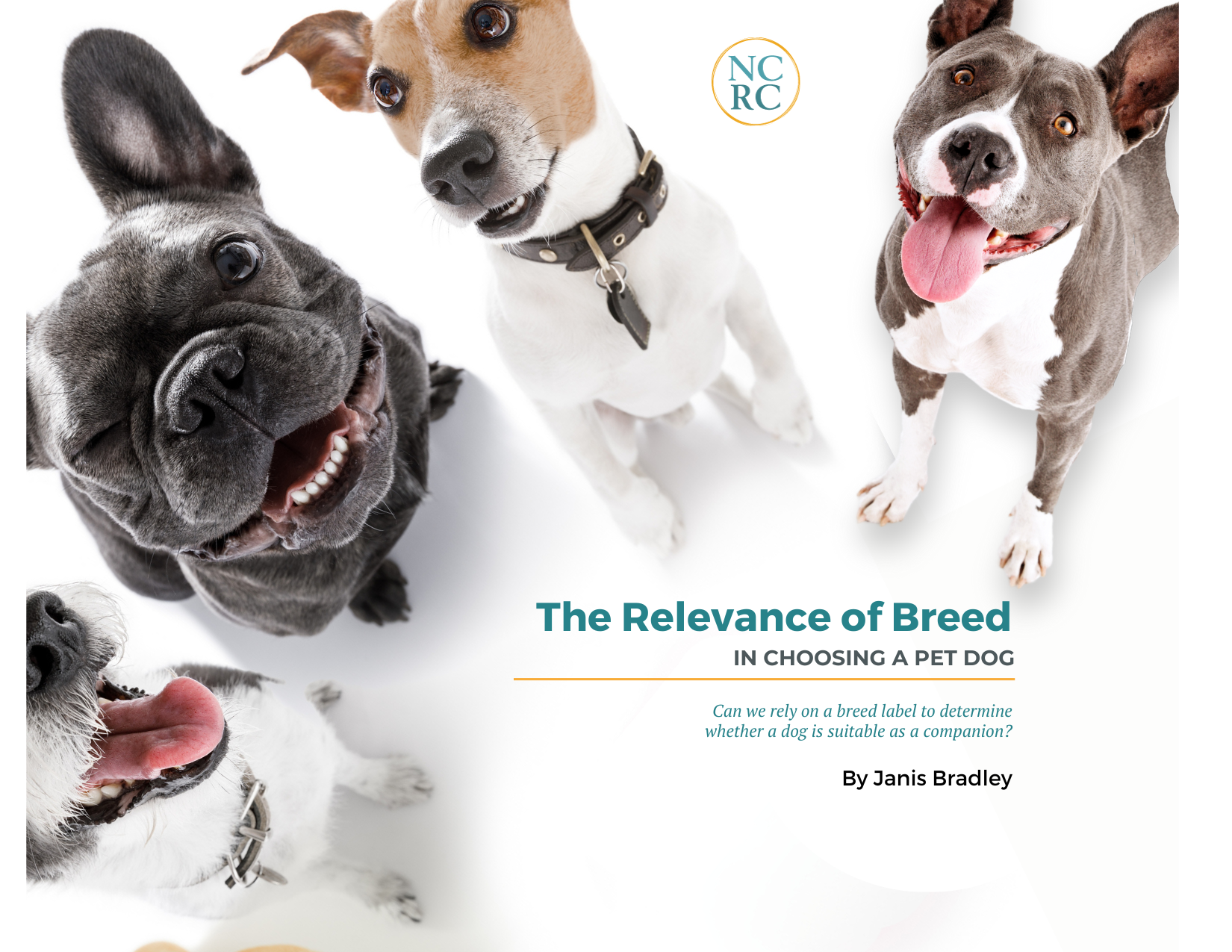All of us at times are influenced by the distorting effects information mediation, that is, unjustified reliance on a third party’s imperfect, imprecise, misunderstood, and even deliberately misleading description of what another person has said or done. Think of it as a version of the game Telephone, where a simple message, usually a single sentence, is whispered by one player to a second player, who then whispers what he took to be the sentence to a third player; and so on, until a sentence is whispered by a last player to the person who started the game. When the originator reveals the sentence that the last player whispered to him, along with the one that started the game, the two sentences may have very little in common.
In the press and in the academic literature, a far more complex version of Telephone is played every day. If not diligently and knowledgeably researched, reports in the press and the scientific literature may distort messages contained in the underlying reports they are citing.
A peer-reviewed academic paper usually includes a minimum of the following four or five sections: Introduction, Method, Results, Discussion and Conclusion. The Method and Results section describe what was done and how, and what emerged from that activity. Just as important, however, is the Introduction, whose literature review and other material describe the question at issue, rate its significance, and describe earlier attempts to understand it. Following the Method and Results, the Discussion positions the Result within the larger body of work on the subject. Where do they agree with what has gone before? Where do they differ?
Both the Introduction and the Discussion will include reference to the work that has gone before. In some instances, that work will lie within the perimeter of professional expertise shared among the authors. In others, work cited in the Introduction and Discussion will lie outside of that perimeter.
And it is outside that perimeter, that an unfortunate, yet consequential game of Telephone may play itself out.
Everyone from policy makers to attorneys to media depend upon peer-reviewed publications in the scientific literature for reliable and accurate information, often in cases with serious consequences for dogs and their owners. Yet an article in the July-August 2016 issue of the Journal of Veterinary Behavior comments on the various iterations of Telephone that can be played in a peer-reviewed publication, and points to a disturbing lack of rigor in the literature reviews in areas of research of major importance to animal professionals.
With specific reference to the dog bite literature, the authors report that a careful reading of 150 scientific articles revealed numerous cases of misrepresentation and even flat inventions of data among other kinds of errors. Using the example of wildly varying claims of supposed “bite force” among dogs in published articles on dog bites authored by medical professionals, not one could be traced back to a replicable study containing legitimate, verifiable data and most dead ended at articles that made no mention of bite force at all. If “citations are used without due attention to the actual degree of evidence-based support they contain,” the authors—all 3 of whom are affiliated with National Canine Research Council—point out, “or if key points asserted as fact are not supported with credible citations at all, the resulting argument and conclusions may be akin to a thread hanging from a poorly woven garment, 1 small tug and the entire piece begins to unravel.”
The peer review process is inadequate to the unrealistically time consuming task of verifying every source cited in the papers journals accept. So, unless readers are to be left to “trust but verify” every citation themselves, a new standard for authors is needed. The first principle should be limiting citations to primary sources to avoid a gossip chain effect that can easily distort the meaning of the original work referenced.
Policy makers, attorneys and media have all reacted in the public space to the fearsome Telephone game played out in the dog bite literature, whether regarding supposed bite pressure, behavioral stereotypes, or myths of a fearsome, predatory nature. While the preponderance of 21st century ethological study reveals the positive, enriching essence of the human-canine relationship, uncritical fear messages, as are all fear messages, are sticky and easily remembered. It will take time to unstick them.







